Wood and its derivatives are less seen as modern building materials. Wood is associated with old houses, with the beginnings of house building, with the passion for wood and old house building techniques. And yet, more and more is being built with wood, and timber-framed buildings are getting taller. It is true, wood is being industrialized to produce materials with much improved qualities. This is the case panels in CLT or a glulamBut they are not the only ones. Read more about the tallest wooden building in existence and an ambitious future project by a Japanese company.
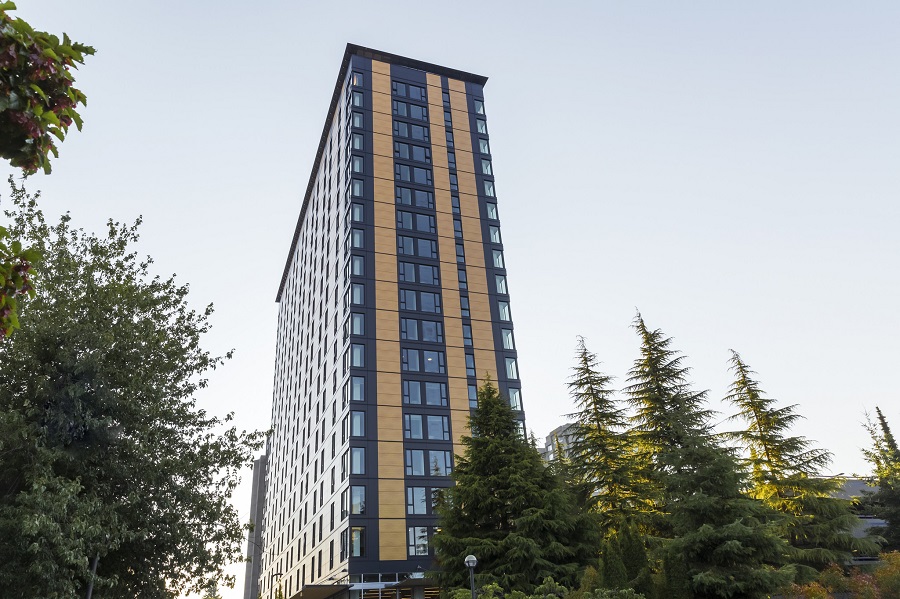
Why are building specialists increasingly turning to wood and its derivatives?
Why wood, though? Why so much effort to obtain durable materials that don't burn, don't rot, and have very good load-bearing capacity? Why do specialists want to convince us that wood is a building material that should be used more and more in the future?
Because getting modern materials seems not to have done the planet much good. Of all the big problems we humans have created, two are very important.
One is the gradual loss of resources exploited without any strategy. Wood is a renewable material that should never disappear if exploited intelligently. We just need to stop clear felling in a chaotic way, to have a reforestation plan at the same time as clear felling, to have responsibility and responsible actions. A tree is like a being. It doesn't live forever, but it leaves offspring. Just as mankind goes on through offspring, forests will be everlasting if young trees are always growing.
The second problem is carbon dioxide which will slowly but surely suffocate the planet. In order to grow, wood consumes carbon dioxide, not releases it into the atmosphere, as in the manufacture of other building materials. The industrial processing of wood produces much less carbon dioxide than wood consumes in its lifetime. So by using wood instead of other materials, the planet benefits and pollution decreases over time.
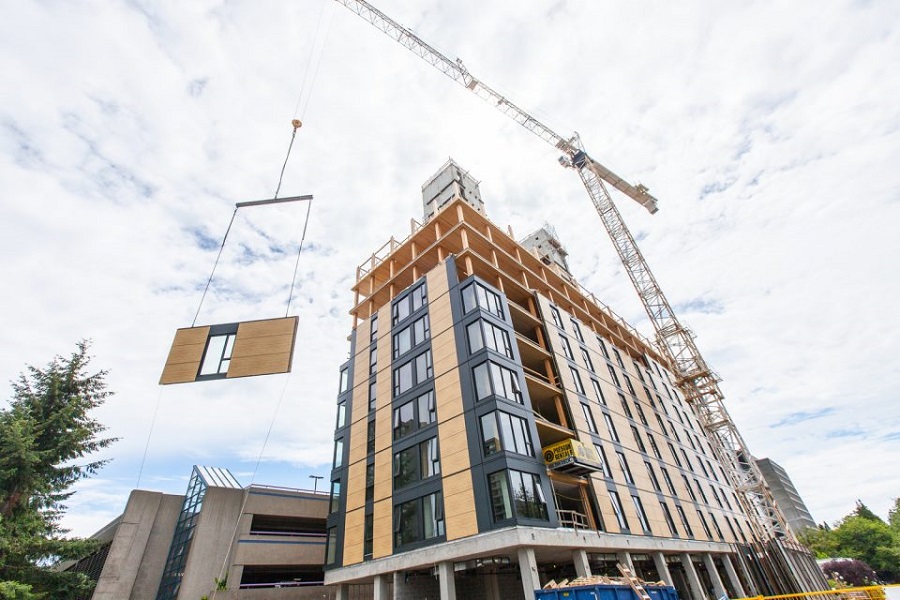
The tallest wooden building
It is located in Vancouver, Canada and is 53 meters high and 18 stories high. It's called Brock Commons Tallwood House and it is a building on the University of British Columbia's St. Stephen campus in Vancouver.
To be fair, the building is a combination of wood and other building materials, with wood predominating. Architects, structural engineers, designers, industrial wood product specialists, structural engineers, fire protection specialists, facade specialists, material manufacturers were involved from the very beginning. Everything was studied down to the smallest detail before being approved.
However, the project, with all the necessary approvals, took only 8 months to complete and the actual construction from November 2015 to May 2017. The speed of the work was also due to the fact that many components (walls, ceilings) were made in factories and only assembled on site. In the video below you can see, fast forward, how the building was constructed.
The building has concrete foundation, first floor, stairs and elevator house. The rest is of industrial wood materials. The ceilings between floors were made of CLT panels, the beams of GLT (glue-laminated timber), and the columns of PSL (parallel strand lamber - see below) with steel connections at the ends. The facade was clad with wood and steel panels specially constructed to withstand the exterior.
The project has been supported from the outset by Natural Resources Canada and the Canada Wood Council with the aim of promoting wood building materials and demonstrating that wood is a viable option for medium and even high-rise construction. It is a pioneering building showcasing innovations in both the sourcing of wood building materials and in the actual design and construction.
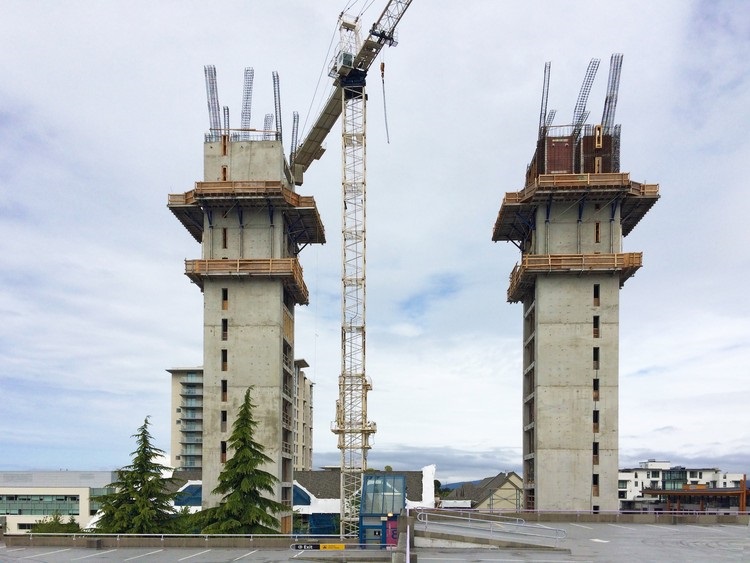
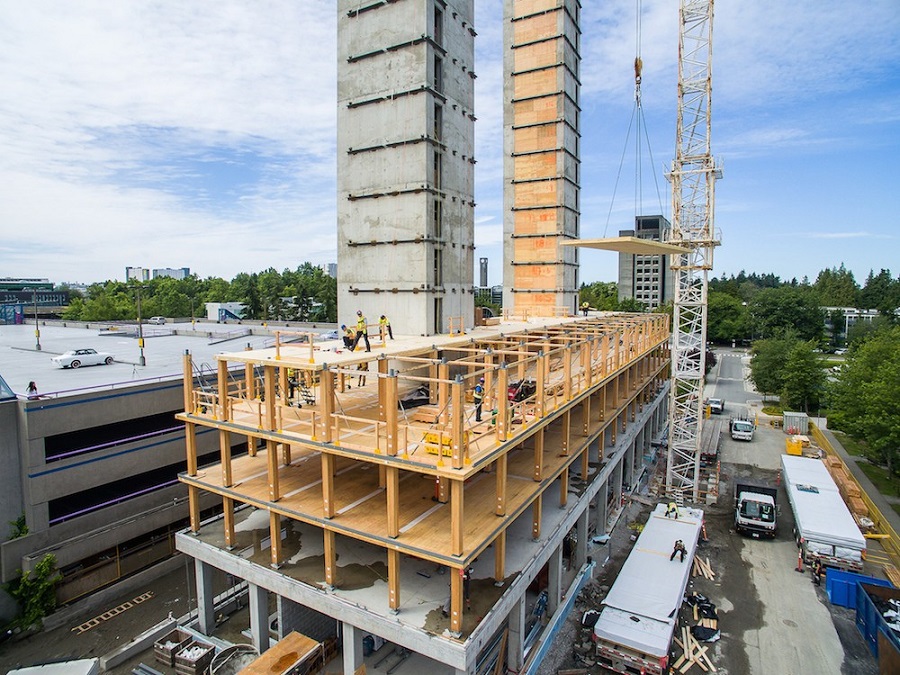
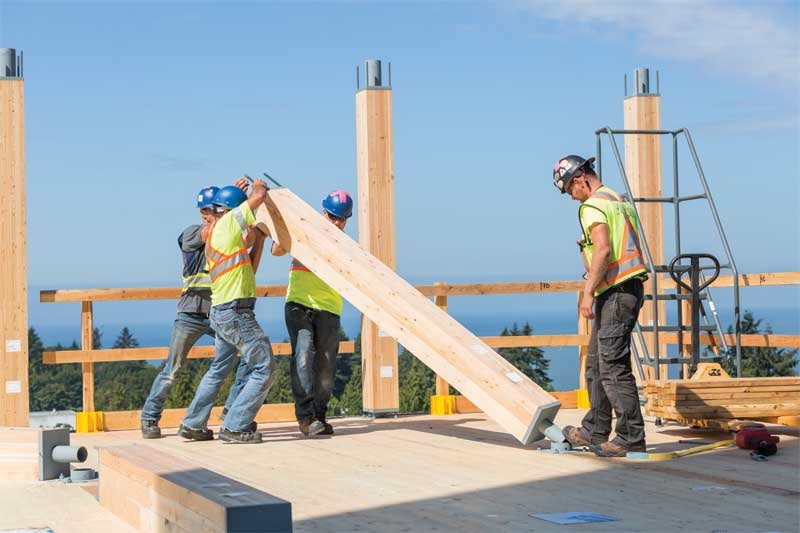
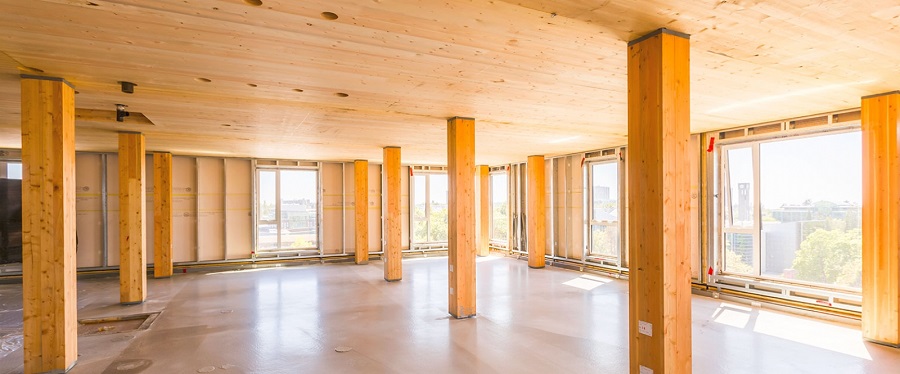
An ambitious Japanese project
Another project that draws attention to wood as a construction material for high-rise buildings is that of Sumitomo Forestry in Japan. The possibility of a 70-storey, 350-metre-high building has been studied at Sumitomo Forestry's Tzukuba Research Institute, which aims to complete the project by 2041, when it will celebrate... 350 years in the timber business.
The tower to be built by Sumitomo Forestry will be made of steel and wood, the latter being 90%. Already, the architectural firm Nikken Sekkei has been enlisted, whose designers have envisioned a tubular structure specially made to withstand Japan's frequent winds and earthquakes.
It is estimated that 6.5 mil m³ of wood will be needed and the cost will reach 600 billion yen (£4.2 billion). The firm says the tower will house shops, offices, a hotel and residential apartments. Nikken Sekkei's presentation shows wide balconies filled with greenery, a roof garden, open spaces and even waterfalls. Sumitomo say they want to bring the forest to the city.

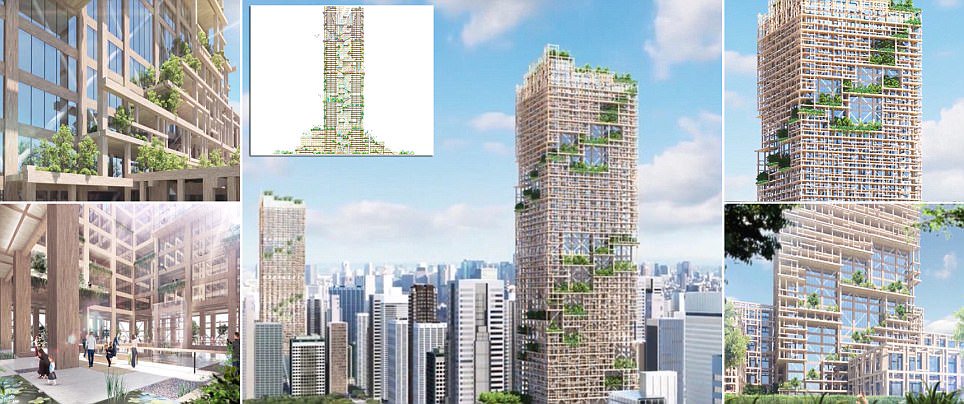
Industrialized structural timber
All these developments have led to the emergence of wood materials with superior characteristics that are highly suitable for use in construction. About CLT and its characteristics I have already told you. We are no longer talking about plans for the future, but about a material already used in house construction. Buhnici House is proof of this.
Lamellar beams - glulam - are very well known. We have large factories in Romania that make such products and many private homes or public amenities have been realized with them. The salt works in Turda were built with these beams, which perform very well in aggressive environments.
Less known to us are LSL, PSL, LVL or NLT. These materials are common building materials in the USA or Canada and have the generic name "mass timber".
- LSL - laminated strand lumber. A type of OSB with the chips oriented parallel to the longitudinal axis;
- PSL - parallel strand lamber. Beams made of long parallel strips of veneer glued together. The veneer is 6 mm thick. Such beams are very strong.
- LVL - laminated veneer lumber. They are produced in the same way as PSL, but are cheaper and less resistant. They can be joined together to form a joist, but do not have the strength of PSL.
- NLT - nailed laminated timber. Panels or beams made by nailing several layers of timber together. This centuries-old material has been rediscovered and improved.

But I'll talk more about these in another post.

























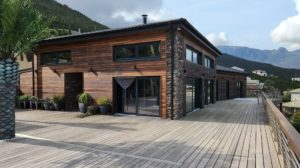

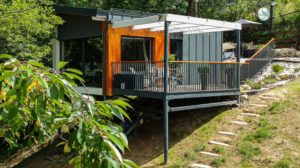


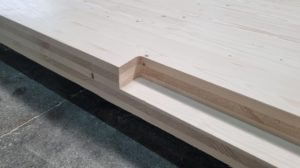
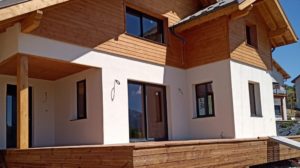
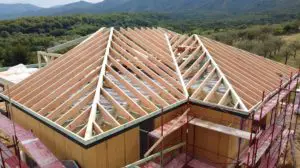



Add comment